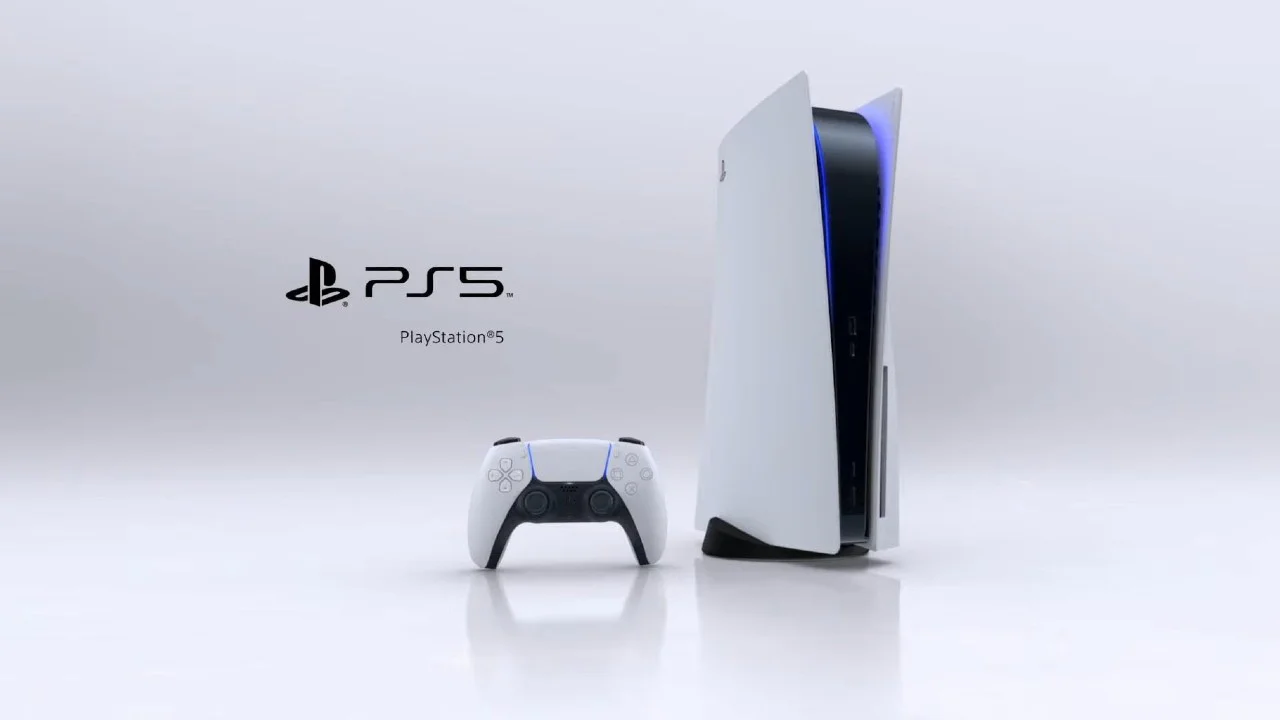Sony staked heavily on reforming the storage solution for its upcoming PlayStation 5 console. They not only invested in a pretty fast SSD but also positioned the rest of the hardware to do some graphics heavy-lifting.
Recently, in an interview with EDGE magazine—August 2020, issue 347— Epic’s CEO Tim Sweeney and Epic’s VP Nick Penwarden praised Sony for committing to the plans and talks they’ve had back to back in the past three to four years on what next-gen hardware core focus will be.
We uncover Epic’s ambitions for Unreal Engine 5, and a future in which game devs are freed from the drudgery of polygon counts and LODs – and how the company helped shape the very architecture of PS5. E347 is on sale now: https://t.co/51H19uA3vf pic.twitter.com/EpsWJyV7Bv
— Edge (@edgeonline) June 22, 2020
Here’s an excerpt of the discussion between Tim Sweeney and Nick Penwarden:
Tim Sweeney:
It was three or four years ago, at least when we started to talk with Mark Cerny about possibilities for the next generation.Sony did a fantastic job of implementing a new platform around that realization that storage could be revolutionized. PS5 is built not only on a huge body of flash memory but also on very high bandwidth and low latency framework for accessing it and getting it to wherever you need.
Nick Penwarden:
This is the major innovation with the next-generation of console hardware. They have faster CPUs and faster GPUs, and that was important to achieve the visuals that we showed. But the biggest change across console generations is going to be the I/O bandwidth that we’re able to achieve with the SSDs in next-generation consoles.Tim Sweeney:
It’s a key unblocker for what Brian Karis and the team have built here [with Nanite]. Rendering micropolygons from a 20-billion polygon scene is hard enough. But being able to get that data into memory is a critical challenge.And as a result of the years of discussions and efforts leading up to that, it was a perfect opportunity to partner with Sony to show that effort finally coming to fruition on the PS5 with pixels on the screen.
Further down in the interview, Brian Karis, who made it possible for Nanite technology— spotted that the latency that would enable data transfer is critical to get a whooping success as it happened with Unreal Engine 5 tech demo on PS5.
It’s an analog to a computer science sort of approach of virtual memory. The concept is that not all of the data you want to access needs to be in RAM; it can be in a much larger space where some of it is off on disk, and only when you access things does it need bring it into memory and have that stuff be resident.
It’s in the form of textures. It’s actually like, what are the texels of that texture that are landing on pixels in your view? So it’s in the frustum. It’s the stuff that you see that’s front-facing, it’s the stuff that is not impeded by something else.
It’s a very accurate algorithm because when you’re asking for it, it’s requesting it. But because it’s in that sort of paradigm, that means that as soon as you request it, we need to get that data in very quickly – there needs to be a very low latency between the ask and the receive, or otherwise, you’re going to see bad pop-in.
With that said, platforms with a lower throughput/ or higher latency than PS5 hardware would have to cut short something or potentially suffer from crop-ups/pop-ins.
The reason is simple. Unreal Engine 5 is a multiplatform that would have to run well on all platforms, even though it may not run equally in all platforms.
Moreover, the upcoming version is going to be a developer preview in early 2021. Check back for more details on this subject matter!







